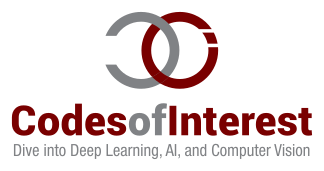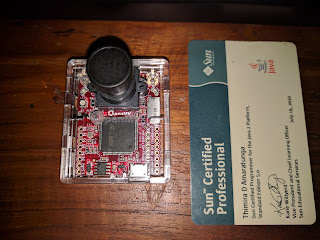For a while now, the most reliable two ways to get TensorFlow installed is to either use the pip package, or compile from source.
Compiling TensorFlow from source takes hours, and still prone to errors (see "Failed Attempts at Building TensorFlow GPU from Source"). While the pip package is relatively easier, getting the GPU version of TensorFlow installed using pip was a hassle.
But not anymore. Because the conda native TensorFlow packages are here now.
Installing is quite easy.
Note: Don't install the pip and conda versions of TensorFlow on the same conda environment. If you already have the pip version installed uninstall it using,
pip uninstall tensorflow
To install the CPU version of TensorFlow, just run,
conda install tensorflow
To install the GPU version,
conda install tensorflow-gpu









